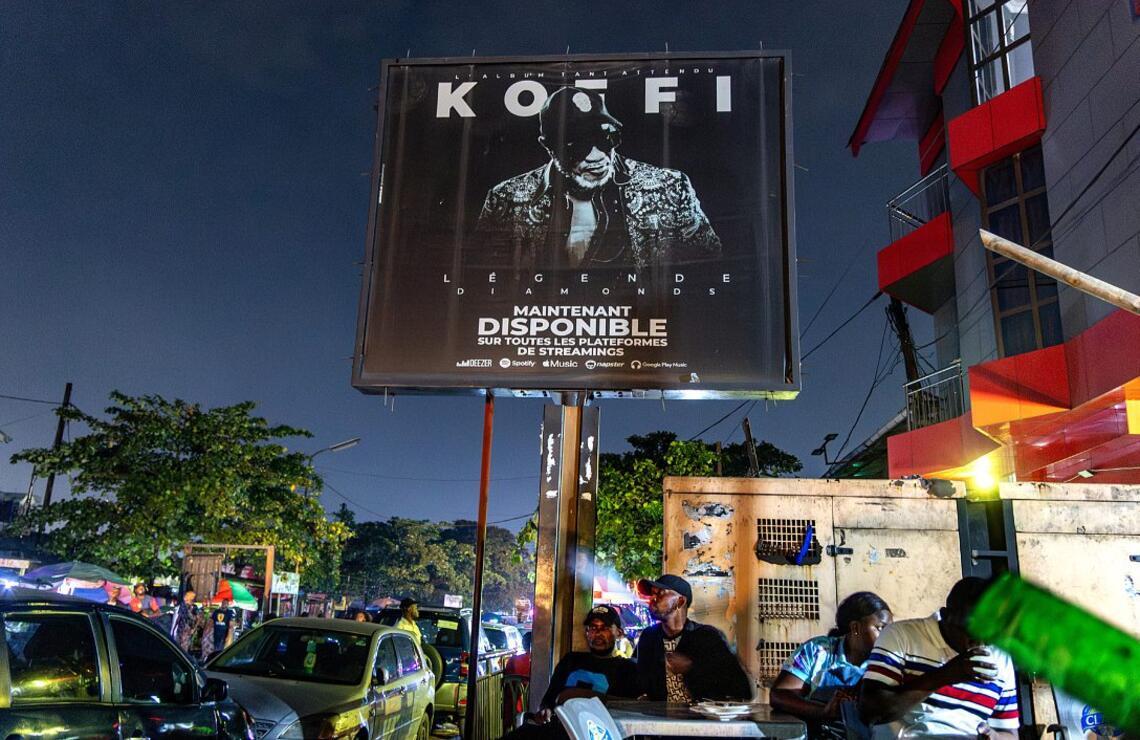
Visual, vibrant Congolese culture
In the Matonge neighbourhood, north of the capital, a statue of Franco, alias the ‘Grand Master’ of the famous Congolese rumba, stands proudly in the Place des Artistes. Here, stalls and shops blast local music non-stop through crackling speakers turned up to full volume. The atmosphere is the same in the west, in Kindele, where bars and nightclubs never sleep. Neither do the locals, it would seem. It was in Kinshasa, under Cuban influence, that Congolese rumba was invented in the 1930s.
In the 1960s, decolonisation was celebrated to the rhythm of ‘Indépendance Cha Cha’, the pan-African hit by local band African Jazz. Later, names like Papa Wemba, Extra Musica, JB Mpiana, Koffi Olomidé and Werrason ignited the continent, its stadiums and its nightclubs. Ndombolo took hold, with its lyrics praising the greats of Africa and an electrifying sound that flooded the dance floors. Later came the birth of Afrobeat, and now Fally Ipupa and Ferre Gola have taken up the torch, blending Congolese sounds with contemporary rap. Alongside them, as always, is Koffi Olomidé (68), who has just released the official video for ‘Loi Hippodrome’, a modernised remix of his 1997 hit ‘Loi’, ahead of his upcoming concert at the Vincennes racecourse in France in July. Admittedly, for the past decade or so, Congolese music, once the undisputed queen, has faced colossal competition from new Nigerian Afrobeats, with international stars like Burna Boy, Wizkid and Rema, supported by a highly structured record industry, unlike DR Congo's. A few names from the brand new Ivorian rap scene are also making waves in Africa, such as Didi B and Himra. But the Congolese diaspora, embodied by Gims, Dadju, Tiakola and SDM, now dominates the French-speaking music scene. In 2024, they were among the top 10 most listened-to artists in France.
The artistic vitality originating in Kin does not stop at music. After Chéri Samba and his ‘popular’ art, which today enriches collectors around the world, contemporary art now includes talent from the DR Congo, trained at the Academy of Fine Arts in Kinshasa, who are pursuing international careers. A case in point is visual artist Freddy Tsimba, whose works, created from bullet casings collected from the conflict zones of his country, depict mutilated silhouettes. Francis Mampuya, trained at the same school, created the ‘librisme’ movement in the 1990s, with his two compatriots Eddy Masumbuku and Germain Kapend. The style embodies a latent need for modernity and rupture. Between abstract and semi-figurative, Mampuya paints characters without mouths or voices, who suffer injustice and embody a silenced, inaudible people. This inspiration is never far from the current events in the DR Congo and its share of suffering.